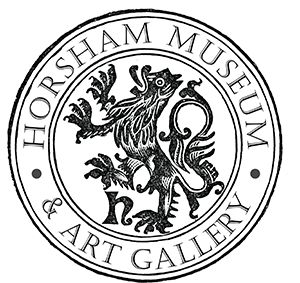Designated a Local Wildlife Site in 1992, today the cemetery is a haven for wildlife and considered of countywide significance for its biodiversity.
Many of the mature trees, including the avenue of Western Red Cedar (Thuja plicata) and Giant Sequoia (Sequoiadendron giganteum), remain from the creation of the 1885 extension. Mr W. Egerton Hubbard of ‘Leonardslee’ had kindly supplied these. Alongside are rarer trees, formerly part of a ‘Peace Garden’ containing plants from Allied Countries who took part in WWII.
Moss and Lichens
In dense cover, many trees and gravestones are covered in the grey mass of lichens. These are complex growths and require clean air, cool environments and undisturbed habitats as found in this cemetery.
Mosses equally proliferate in the cool, moist conditions. Some lichens can be very rare, and examples found here added to the site’s protected status.
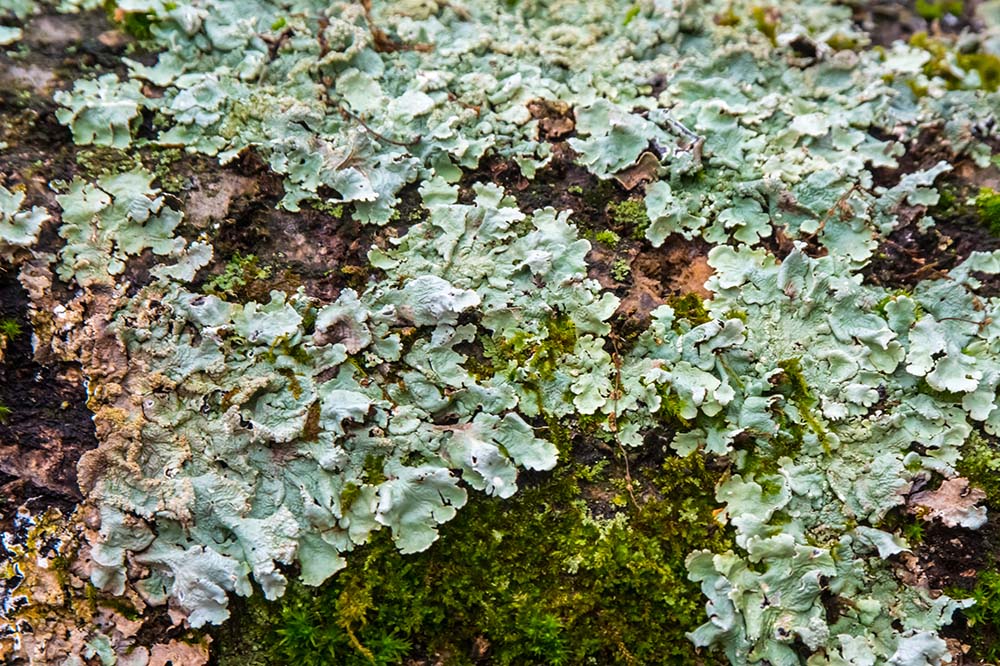
Lichen
Goldilocks Buttercups
The Goldilocks Buttercup (Ranunculus auricomus) favours shady habitats and is among the first to flower – usually before the woodland leaves appear.
The flower heads can be variable, but although they may appear misshapen always glow gold. The Meadow Buttercup (Ranunculus acris) also thrives here among taller grasses.
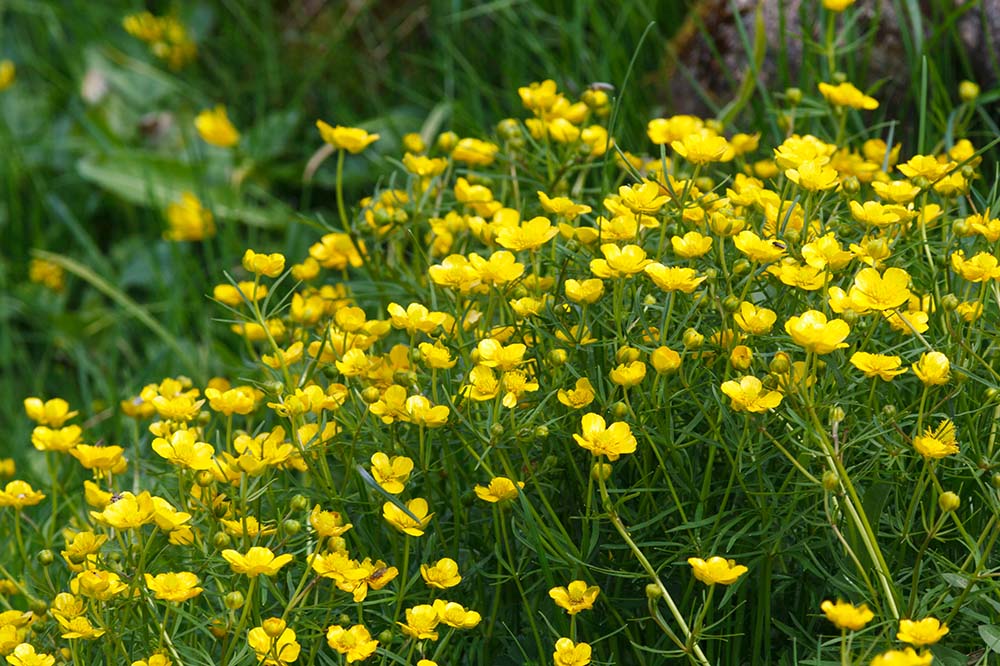
Giant Sequoia
In 1884 soon after Denne Road Cemetery was first established much planting was undertaken using plants supplied by Mr W Egerton Hubbard, the then owner of Leonardslee Gardens and expertise supplied by his head gardener.
It is likely that the many larger trees such as the Giant Sequoia was one of these. It now dominates much of the Cemetery canopy.
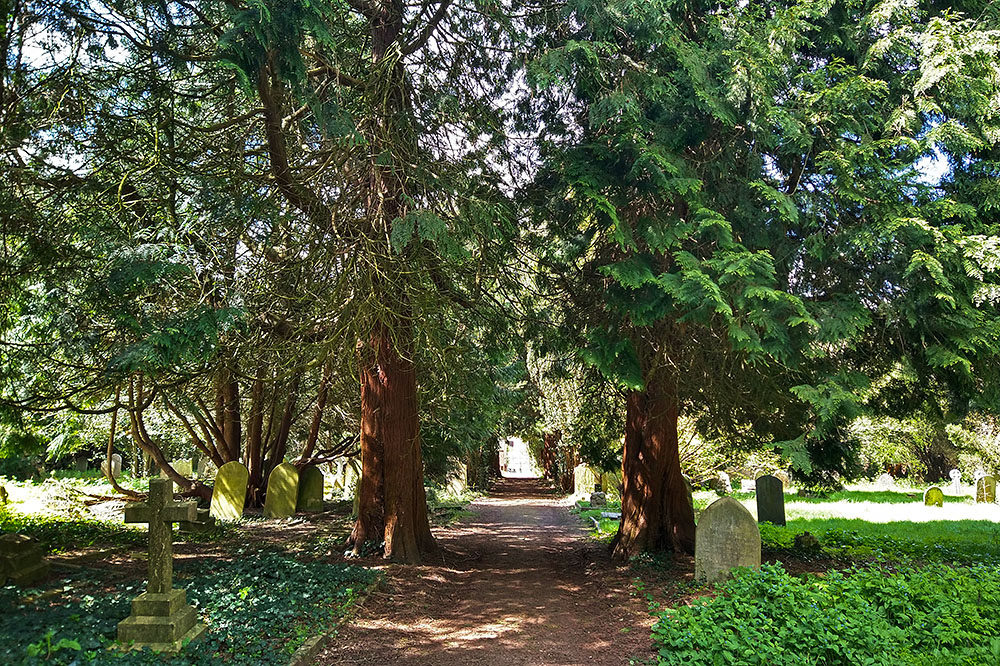
Pollinators
The seasonal, successional flowering of both trees and vascular plants is of great value to our important pollinators. Bees, hoverflies and other insects use this area throughout the season.
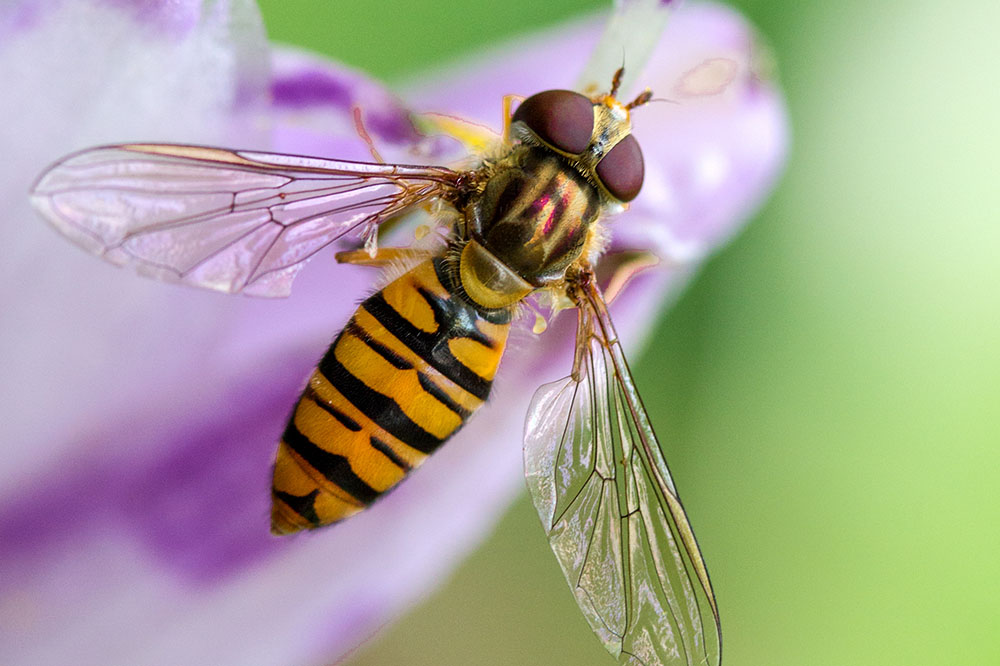
Marmalade Hoverfly
Woodland Flowers
Both woodland flowers and those of more open areas can be found here. Primroses welcome the spring and later in the year the deep orange flowers of the Fox and Cubs continue the spectacle.
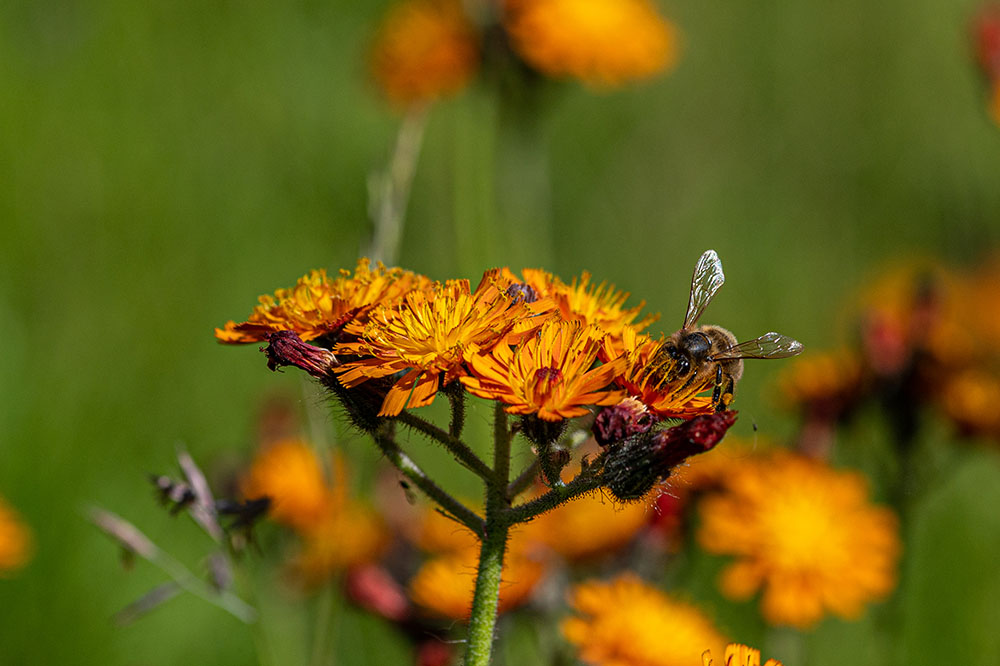
Fox and Cubs
